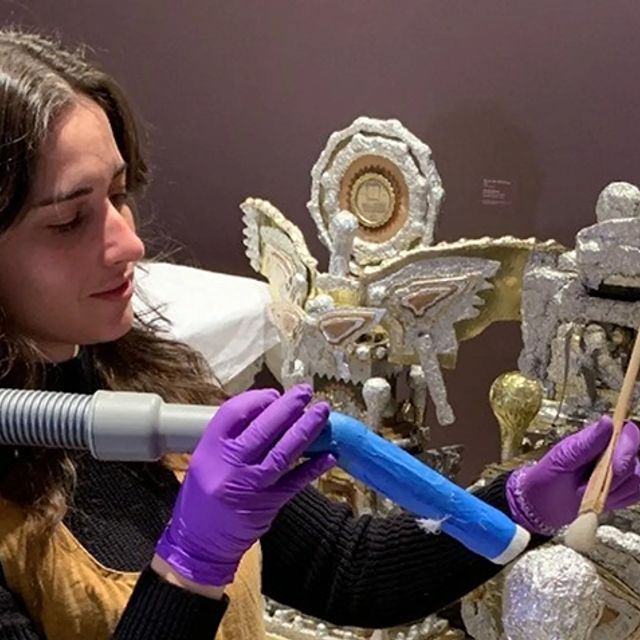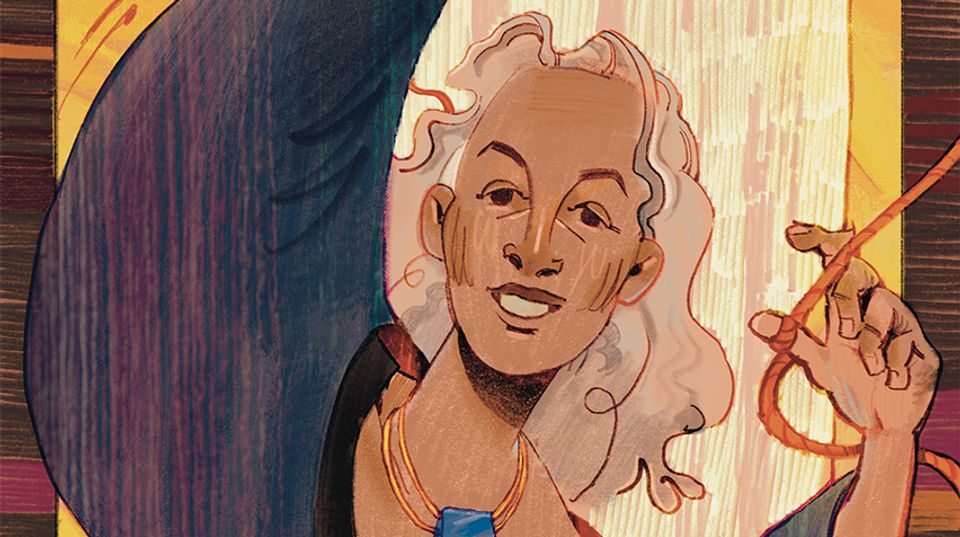
In the catalogue and exhibition text for ¡Printing the Revolution!, curator E. Carmen Ramos explores how, from the inception of the civil rights movement, Chicano activists and artists challenged historical frameworks that obscured and marginalized the Chicanx experience. In an effort to reclaim their history, Chicanx artists and their collaborators tackle history through a surprising genre: portraiture. Many artists recognize that the lives and deeds of those who have fought for political, civil, and human rights aren’t often included in schoolbooks or curricula. To challenge these omissions, artists consciously highlight individuals past and present whose actions have shaped the course of history. Many of these portraits rely on historic photographs, quotes, or the achievements of their subjects. Employed in this way, portraiture becomes a useful vehicle that shifts attention away from privilege, self-aggrandizement, and vanity toward activism, sacrifice, and social transformation. The Changemakers Portraits section of the exhibition examines the historical figures behind the portraits.
In a print that resembles the official design of paper currency, Oscar Melara depicts patriot, journalist, writer, and poet José Martí, often considered to be one of the fathers of the nineteenth-century independence movement in Cuba. Melara renders Martí’s skin color in shifting shades of beige to brown using the split fountain technique, a screen printing process of laying colors side-by-side to print two colors in one pass. The transition gives the effect of symbolizing the leader’s belief in the equality of all races. Martí’s words and actions continue to inspire Cubans on the island and in the diaspora, as well as Chicanx artists engaging in civil rights activism.
SAAM’s landmark exhibition, ¡Printing the Revolution! The Rise and Impact of Chicano Graphics, 1965 to Now, explores how Chicanx artists have linked innovative printmaking practices with social justice. This blog post is part of series that takes a closer look at selected artworks with material drawn from exhibition texts and the catalogue.


















